How the leopard changed its spots
Target’s positioning evolution
Target is the quintessential department store – around since the 60’s with one of the most iconic logos in the world. The problem with being a massive department store competing with many others trying to tap into a growing market, is that price becomes the only differential. Target, up until the late 90’s and early 00’s, attracted a very different type of customer. With the other department store retailers such as Myer and David Jones muscling them out of the higher positioned category, where was Target‘s niche? Where did they belong?
Just to illustrate what I’m saying, how would you list the following department stores from highest to lowest positioned (think of the prices, quality of products, brands available, services available, locations etc.): Target, K-Mart, Big W, David Jones, and Myer. My guess is that it would go like this:
David Jones
Myer
Target
K-Mart
Big W
5-10 years ago, there was a big gap between Target and Myer – and a very small gap between Target, K-Mart and Big W. Remember when people started calling Target, Tar-gét? People created their own nickname for the store so they could dodge the ‘cheap’ stereotype that went along with shopping there. There was nothing that really catered for the growing middle market. Target realised this potential, and now has nestled themselves nicely in the middle-high category, leaving K-Mart and Big W to fill the void.
So, how did they shift their positioning? Some may argue that changing your positioning is near on impossible. The key for Target was very clever, subtle changes over a long period of time. The average prices increased very slowly and subtly, but were kept well below Myer and David Jones. New product ranges and brands were introduced that focused on style, quality and durability. In-store displays took on a new life and style, with stores themselves evolving into clean, open spaces with minimal clutter (I have many memories as a youngster, having to weave my way through the disorganised aisles at Target, stepping over fallen clothes and broken coat hangers). The iconic red colour in their stores gave way to whites and blues – opening them up and creating the illusion of more space. Their advertising steered away from the animated target symbol (sadly, as this was one of the simplest, cleverest and iconic advertising campaigns of our time) to the ‘Lets Be Happy’ jingle incorporating real people, families and situations. They introduced the ‘Designers for Target’ range earlier this year, with immense success – ‘bringing designer clothing to a wider audience’, as they term it.
So has it worked? Well I believe it has. I have a very different view of Target now than I had 5-10 years ago. Does anyone call Target Tar-gét any more? People are now much happier to say ‘I bought this shirt from Target‘. So in my opinion, Target is proof that positioning can be changed, but it’s also proof that it takes a great deal of investment, forward planning, and careful, subtle changes over a period of time. There is no instant, magic
wand solution.
